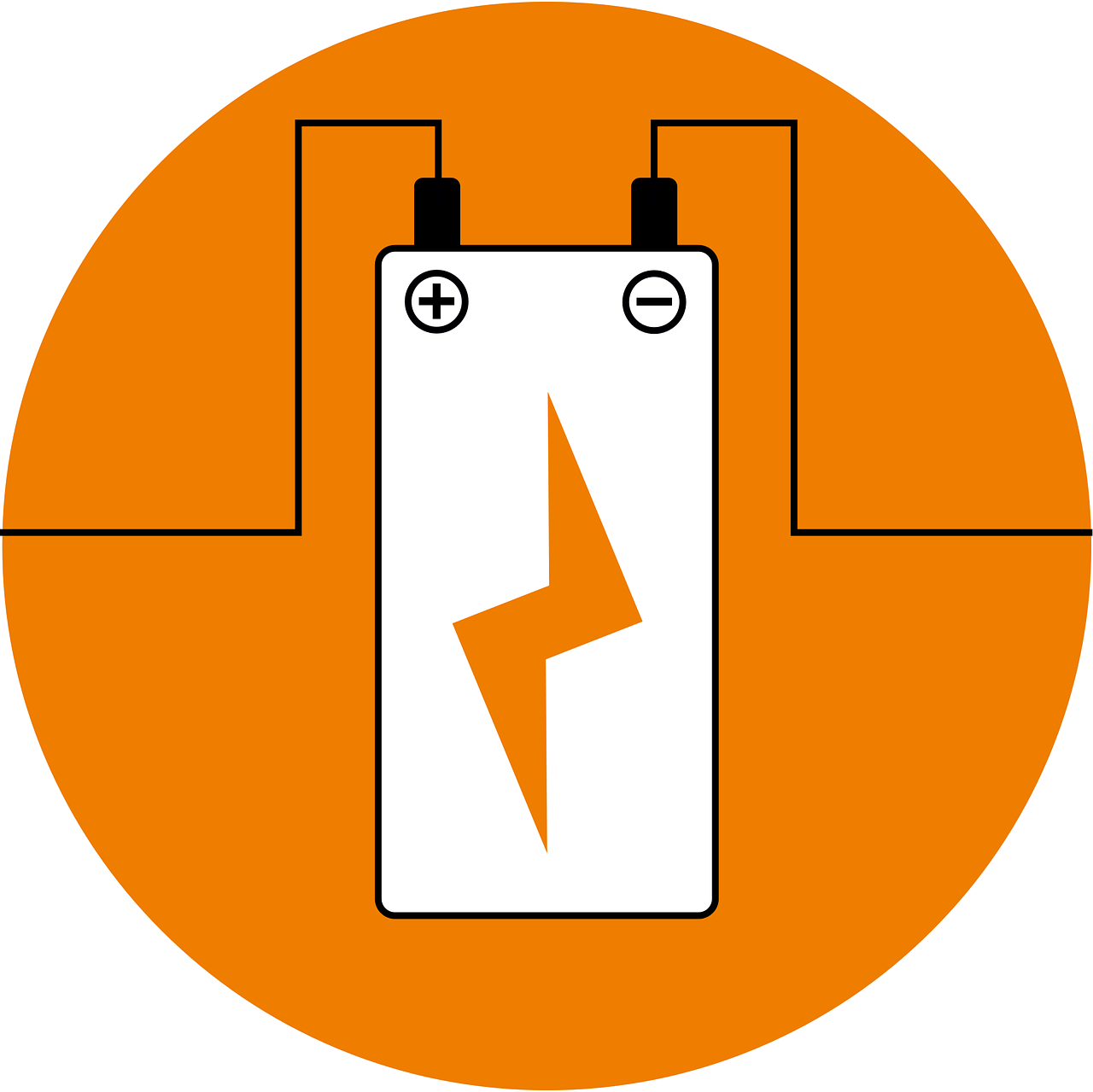The electricity market is undergoing a profound transformation, driven by advances in battery technology and a growing desire for energy independence. No longer passive consumers of electricity, people are becoming active participants in managing their energy usage, thanks to the rise of energy storage solutions like batteries. This article delves into how battery technology is empowering consumers and reshaping the electricity market.
nullFor a comprehensive look at this subject, we invite you to read more on this dedicated page: Digital transformation and the utility of the future | Deloitte Insights

Historically, electricity consumers had little control over the source or timing of their power supply. However, battery technology is changing the dynamics. With energy storage systems, consumers can capture excess energy when it’s abundant and discharge it when they need it most, reducing reliance on the grid.
The advent of battery technology represents a transformative shift in the way we interact with and manage our electricity supply. Historically, electricity consumers were passive recipients of power, with little control over the source or timing of their energy supply. However, as energy storage systems become more accessible and advanced, consumers are increasingly empowered to take charge of their energy consumption in ways that were once unimaginable.
One of the groundbreaking aspects of battery technology is its ability to enable energy independence. With energy storage systems in place, consumers can seize the opportunity to capture excess energy when it’s abundant and inexpensive. This is particularly evident in the context of renewable energy sources, such as solar and wind. When the sun is shining brightly or the wind is blowing strongly, surplus energy can be stored in batteries for later use. This means that energy can be harvested during optimal conditions and harnessed for consumption during periods when energy demand is high or renewable generation is low.
This newfound control over energy supply and demand has far-reaching benefits. It allows consumers to reduce their reliance on the grid during peak demand times, which can translate into significant cost savings. By relying on stored energy during high-demand periods or when electricity rates are at their peak, consumers can avoid expensive peak-hour charges. This not only lowers electricity bills but also contributes to a more efficient and sustainable energy system.
Furthermore, battery technology enhances grid stability and resilience. As more consumers adopt energy storage systems, the grid becomes less susceptible to fluctuations in energy supply and demand. Batteries can help mitigate the challenges posed by intermittent energy sources, such as solar and wind, by smoothing out fluctuations and ensuring a consistent supply of electricity to homes and businesses. This resilience is especially critical during extreme weather events or natural disasters when grid outages can be widespread.
Beyond financial and reliability advantages, battery technology promotes sustainability and environmental responsibility. By optimizing the use of renewable energy and reducing the need for fossil fuel-based backup power, consumers can significantly reduce their carbon footprint. This aligns with global efforts to combat climate change and transition to a cleaner and more sustainable energy future.
Moreover, as battery technology continues to advance, it becomes increasingly accessible to a broader range of consumers, from individual homeowners to large industrial facilities. This democratization of energy storage empowers more people and organizations to participate in the clean energy transition, fostering a more decentralized and resilient energy ecosystem.
In conclusion, battery technology has ushered in a new era of energy empowerment for consumers. It offers the ability to capture, store, and manage energy on an unprecedented scale, reducing reliance on the grid, enhancing grid stability, and promoting sustainability. As consumers continue to embrace this technology, they are not only shaping the future of energy but also taking control of their energy destiny, making choices that benefit their wallets, the environment, and the resilience of our energy infrastructure.
For additional details, consider exploring the related content available here Changing power: Shifting the role of electricity consumers with …
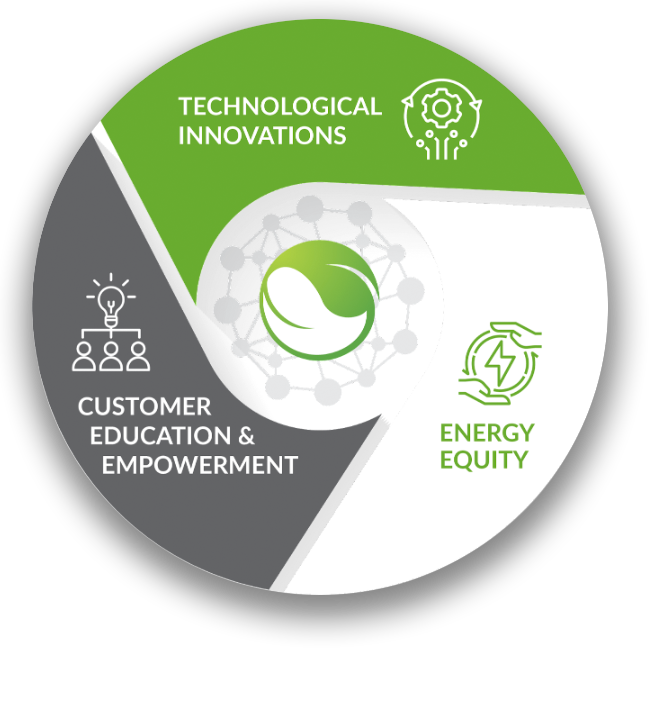
Batteries offer homeowners and businesses the ability to become more self-reliant when it comes to energy. Solar panels paired with battery storage, for instance, allow individuals to generate and store their own electricity. This not only reduces dependence on external power sources but also lowers energy bills.
The empowerment that batteries provide to homeowners and businesses extends far beyond mere energy storage; it represents a transformative shift in the way we generate and consume electricity. With technologies like solar panels seamlessly paired with battery storage systems, individuals and enterprises can attain unprecedented levels of self-reliance in the realm of energy. This paradigm shift not only diminishes reliance on external power sources but also yields substantial financial benefits in the form of reduced energy bills. Here’s a closer look at how batteries are catalyzing this energy self-reliance revolution:
Energy Independence: The combination of solar panels and batteries enables a level of energy independence that was once unimaginable. During sunny days, solar panels harness abundant sunlight and convert it into electricity, which can be used to power homes and businesses directly. Any excess energy generated is stored in batteries for use when the sun is not shining, such as during the night or cloudy days. This results in a significant reduction in dependence on traditional grid electricity, giving individuals and organizations control over their energy destiny.
Resilience During Outages: Battery storage systems offer a crucial advantage during power outages. When the grid fails, whether due to extreme weather, grid maintenance, or other reasons, stored energy in batteries can seamlessly take over, providing uninterrupted power to essential appliances and critical infrastructure. This level of resilience is invaluable, ensuring that homes and businesses remain functional even when the grid is compromised.
Lower Energy Bills: Beyond the concept of energy self-reliance, pairing solar panels with batteries delivers tangible financial benefits. During periods of excess solar generation, surplus electricity is not wasted but stored in batteries. This stored energy can be used when electricity from the grid is typically more expensive, such as during peak demand hours. Consequently, energy bills are substantially reduced, leading to long-term cost savings.
Environmental Stewardship: The adoption of solar panels and battery storage is not just economically advantageous but also environmentally responsible. By relying on solar-generated electricity, individuals and organizations significantly reduce their carbon footprint, mitigating the environmental impact of traditional grid electricity, which often relies on fossil fuels.
Grid Support: In addition to self-reliance, homes and businesses with solar panels and batteries can actively support the grid. Through grid services like demand response and peak shaving, excess stored energy can be fed back into the grid during times of high demand, helping to stabilize and enhance the reliability of the overall energy system.
Energy Security: Solar panels and battery storage also enhance energy security. They provide a hedge against rising energy costs, geopolitical uncertainties, and fuel price fluctuations. The energy generated and stored on-site is immune to external factors that can disrupt traditional energy supplies.
Scalability and Flexibility: These systems are highly scalable, allowing homeowners and businesses to expand their solar and storage capacity as their needs evolve. This flexibility ensures that individuals and organizations can tailor their energy systems to match their specific requirements.
In essence, batteries, in conjunction with solar panels, are revolutionizing the way we think about and interact with energy. They empower homeowners and businesses to take control of their energy future, fostering a sense of self-reliance, financial savings, and environmental responsibility. As the technology continues to advance and become more accessible, we can expect an increasing number of individuals and organizations to embrace this transformative path toward energy independence and sustainability.
Additionally, you can find further information on this topic by visiting this page: FACT SHEET: Biden-Harris Administration Announces New Private …
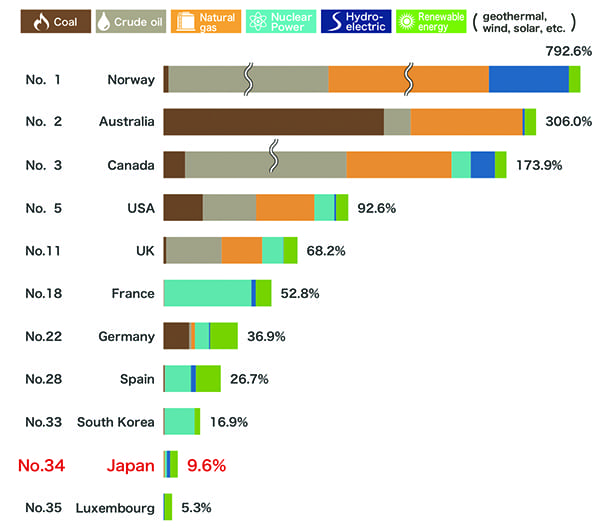
Battery technology enables load shifting, a practice where consumers store electricity during off-peak, low-cost periods and use it during peak, high-cost times. This results in significant cost savings, as consumers can avoid expensive peak-hour electricity rates.
“Battery technology is catalyzing a transformative shift in the way consumers manage their electricity consumption through a practice known as load shifting. This innovative approach empowers individuals and businesses to store electricity during off-peak, low-cost periods and judiciously deploy it during peak, high-cost times. The implications of this strategy ripple through various aspects of our lives, offering substantial cost savings while promoting sustainability and grid stability.
Cost-Efficiency: Load shifting is a strategic maneuver to optimize electricity expenses. By capitalizing on the lower off-peak rates, consumers can significantly reduce their energy bills. This newfound cost-efficiency is particularly appealing for industries with high energy demands, where savings can translate into enhanced competitiveness and profitability.
Peak Hour Savings: One of the most compelling advantages of load shifting is the ability to sidestep exorbitant peak-hour electricity rates. During periods of high demand, utility companies often charge premium rates to balance supply and demand. Battery technology offers a shield against these high costs by supplying stored electricity precisely when it’s needed most.
Grid Support: Load shifting is not merely about individual savings; it contributes to overall grid stability. By reducing peak demand, it lessens the strain on the power grid, minimizing the risk of blackouts and costly infrastructure upgrades. This is particularly valuable as societies transition to higher levels of renewable energy, which can introduce fluctuations in supply.
Renewable Energy Integration: Load shifting aligns seamlessly with the integration of renewable energy sources. Solar panels and wind turbines generate energy when conditions are optimal, which often doesn’t align with peak demand times. Batteries bridge this gap by storing excess renewable energy and releasing it during peak hours, ensuring a continuous and reliable power supply.
Energy Independence: For residential consumers, load shifting fosters energy independence. Homes equipped with solar panels and batteries can generate, store, and manage their electricity, reducing reliance on external sources and giving occupants more control over their energy costs.
Environmental Impact: Beyond the financial benefits, load shifting is a sustainability game-changer. By encouraging the use of stored renewable energy during peak hours, it reduces the need for fossil fuel-based power generation, ultimately lowering carbon emissions and contributing to a cleaner environment.
Technological Advancements: Ongoing advancements in battery technology are enhancing the efficiency and cost-effectiveness of load shifting. Longer battery lifespans, improved energy storage capacity, and falling battery costs are making load shifting accessible to a broader audience.
Smart Grids and IoT Integration: The integration of load shifting into smart grids and the Internet of Things (IoT) is streamlining the process further. Automated systems can optimize energy consumption patterns based on real-time data, maximizing cost savings and grid stability.
In conclusion, battery-enabled load shifting is reshaping how we consume and manage electricity, offering a potent tool for cost savings, sustainability, and grid stability. It empowers consumers to take control of their energy consumption, reduce expenses, and contribute to a greener, more resilient energy landscape.”
For a comprehensive look at this subject, we invite you to read more on this dedicated page: Innovation landscape for a renewable-powered future: Solutions to …
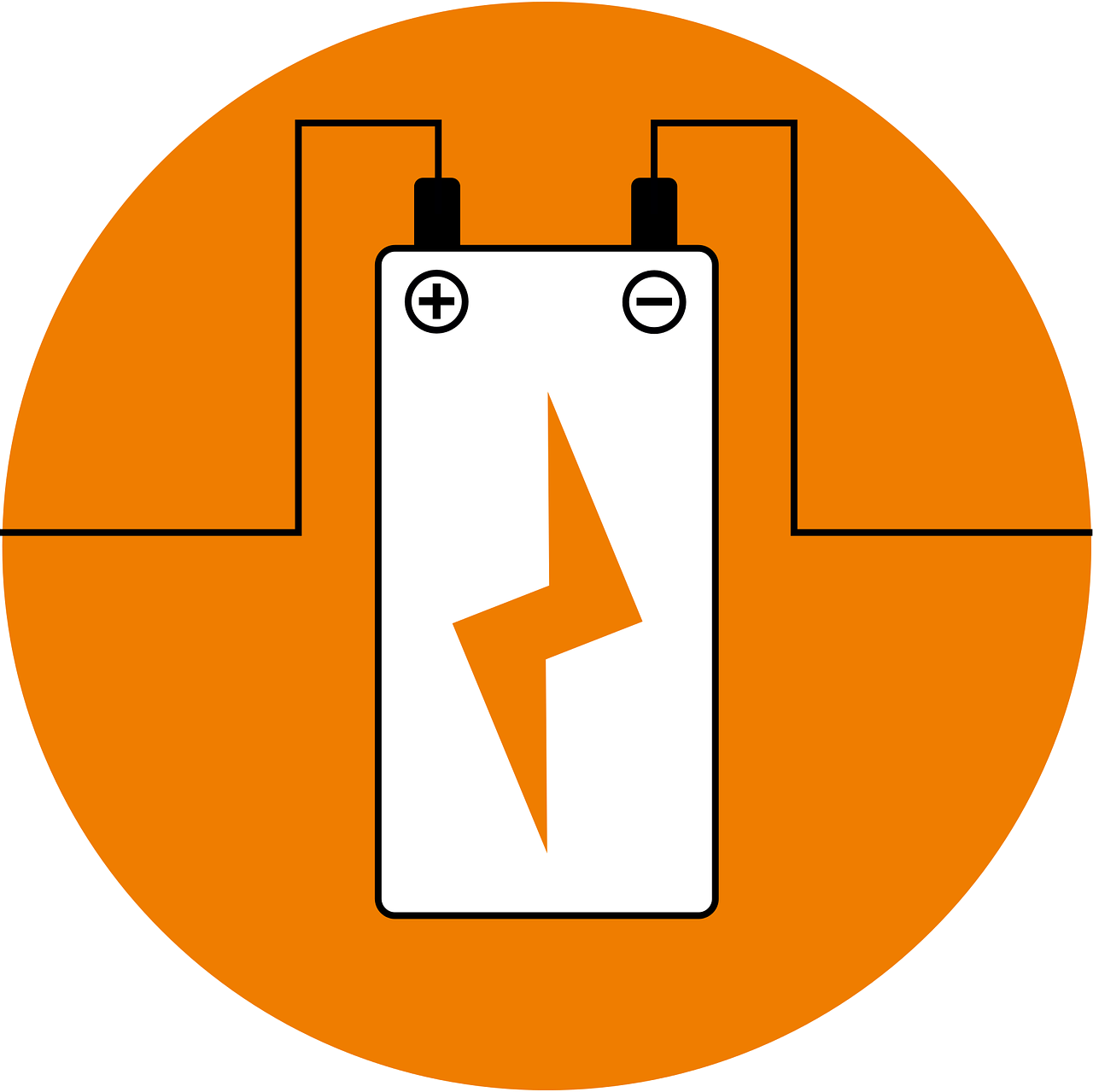
Battery systems provide an added layer of resilience during grid outages. With the ability to switch to battery power during blackouts, consumers can keep essential appliances running and maintain comfort and safety in their homes. This enhances overall grid reliability.
nullLooking for more insights? You’ll find them right here in our extended coverage: Getting to Net Zero: Increasing Clean Electrification by Empowering …

Consumers who invest in battery technology can better harness the potential of renewable energy sources like solar and wind. Excess energy generated during sunny or windy days can be stored for use when conditions are less favorable, ensuring a continuous supply of clean energy.
Investing in battery technology heralds a transformative journey into the world of renewable energy, offering consumers an array of benefits beyond the mere utilization of solar and wind power. Here’s how this synergy between batteries and renewables is not just about clean energy generation but also about reshaping our energy landscape:
Energy Independence: With batteries as a crucial component of their renewable energy systems, consumers gain a newfound sense of energy independence. No longer are they solely reliant on the grid or favorable weather conditions. Instead, they become masters of their own energy destiny, with the power to store surplus energy and use it at their convenience. This level of autonomy not only reduces dependence on external energy sources but also shields consumers from potential power outages or grid disruptions.
Grid Support: Battery-equipped renewable energy systems can play a proactive role in supporting the grid. Excess energy generated by solar panels or wind turbines can be stored in batteries and later discharged back into the grid during peak demand periods. This two-way flow of energy benefits both consumers and the broader community, as it stabilizes the grid and reduces the need for costly infrastructure upgrades.
Economic Savings: Battery technology unlocks substantial economic advantages for consumers. The ability to store excess energy generated during periods of high renewable energy production can translate into significant cost savings. Consumers can avoid purchasing electricity from the grid during peak rate hours, ultimately lowering their energy bills.
Environmental Impact: Battery-equipped renewable energy systems contribute to a smaller environmental footprint. By optimizing energy use and reducing waste, consumers lessen their reliance on fossil fuels. This, in turn, translates into fewer greenhouse gas emissions and a healthier planet. It’s a tangible way for individuals to participate in the fight against climate change.
Energy Resilience: The resilience provided by battery technology is invaluable. During adverse weather conditions or natural disasters that may disrupt the grid, consumers with battery systems can continue to power their homes or essential appliances. This resilience enhances safety, comfort, and peace of mind in challenging times.
Technological Innovation: As battery technology advances, consumers benefit from increased storage capacity, longer lifespans, and improved efficiency. This continuous innovation ensures that consumers can extract maximum value from their renewable energy investments over time.
Supporting a Sustainable Future: By embracing battery technology and renewables, consumers contribute to a more sustainable energy future. They become part of a broader movement that prioritizes clean, renewable energy sources over finite and environmentally damaging fossil fuels.
Empowering Communities: The adoption of renewable energy systems with batteries can extend beyond individual homes. Communities can develop localized microgrids, sharing excess energy and collectively benefiting from the advantages of renewable energy and energy storage. This empowerment strengthens communities and fosters a sense of shared responsibility for sustainability.
In conclusion, the synergy between battery technology and renewable energy is not just about harnessing clean energy; it’s about reshaping our energy landscape for the better. Consumers who invest in this transformative partnership gain energy independence, financial savings, environmental stewardship, and resilience in the face of disruptions. They become active participants in a sustainable energy future that benefits not only individuals but also communities and the planet as a whole.
For a comprehensive look at this subject, we invite you to read more on this dedicated page: Reform of the EU electricity market design

As electric vehicles (EVs) gain popularity, battery technology is essential for charging infrastructure. Consumers with EVs can benefit from home charging stations and grid-tied batteries, making EV ownership more convenient and economical.
The proliferation of electric vehicles (EVs) is reshaping not only the automotive industry but also our approach to transportation and energy infrastructure. Here’s how battery technology is instrumental in supporting the charging infrastructure for EVs, ultimately making EV ownership more accessible, convenient, and economical:
Home Charging Stations: Battery technology facilitates the setup of home charging stations, transforming residences into personal refueling hubs. Homeowners can charge their EVs overnight, taking advantage of off-peak electricity rates. This convenience ensures that EVs are always ready for use, eliminating the need for time-consuming trips to public charging stations.
Grid-Tied Batteries: Grid-tied batteries, often integrated with solar panels, enhance the value proposition of EV ownership. Excess energy generated by solar panels during the day can be stored in these batteries and used to charge the EV when the sun isn’t shining. This synergy maximizes the use of clean, self-generated energy, reducing reliance on the grid and lowering charging costs.
Public Charging Networks: Battery technology plays a role in the development of public charging networks. Fast-charging stations equipped with large batteries can deliver a rapid charge to EVs, making long-distance travel more feasible and reducing the time required for charging pit stops.
Range Confidence: One of the factors that influence EV adoption is “range anxiety,” the fear of running out of battery power before reaching a charging station. Advances in battery technology are extending the range of EVs, alleviating this concern and making EVs a practical choice for more consumers.
Smart Charging: Battery management systems in EVs and charging infrastructure enable smart charging. These systems can communicate with each other and the grid to optimize charging times based on electricity demand, ensuring that EVs are charged when energy is most abundant and cost-effective.
Load Management: Battery technology allows for load management in the grid. Utilities can deploy large-scale energy storage systems to manage peak demand, reducing the strain on the grid during times when many EVs are charging simultaneously.
Resilience and Backup: Grid-tied batteries can serve as a backup power source for both homes and public charging stations during power outages. This ensures that EVs can continue to operate even in emergency situations.
Environmental Benefits: By enabling efficient EV charging, battery technology promotes the use of clean energy sources, reducing the carbon footprint associated with transportation. This aligns with efforts to combat climate change and improve air quality.
Economic Incentives: Many governments and utilities offer incentives and rebates to encourage the installation of home charging stations and grid-tied batteries. These incentives make EV ownership more economically attractive.
Market Growth: The continued growth and innovation in battery technology are driving down the cost of EVs and associated infrastructure. This cost reduction is critical for making EVs accessible to a broader range of consumers.
In summary, battery technology is a linchpin in the evolution of EV charging infrastructure. It empowers consumers to charge their vehicles conveniently at home, optimizes the use of renewable energy, and contributes to the expansion of public charging networks. As the synergy between battery technology and EVs continues to evolve, we can anticipate a future where EV ownership is not only practical and economical but also environmentally sustainable, revolutionizing the way we move and power our vehicles.
Looking for more insights? You’ll find them right here in our extended coverage: Nissan Ambition 2030 announcement Speech Summary
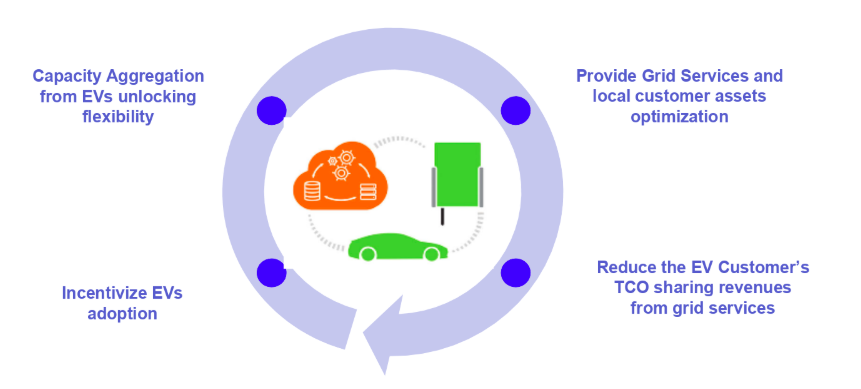
The proliferation of distributed energy resources (DERs), including batteries, is contributing to the decentralization of the energy grid. Consumers are becoming “prosumers,” generating, storing, and sometimes even selling excess electricity back to the grid.
The shift towards a decentralized energy grid, driven by the widespread adoption of distributed energy resources (DERs) like batteries, is a profound transformation in the energy landscape. This evolution goes beyond the traditional model of centralized power generation and distribution, ushering in a new era where consumers are not just passive recipients of electricity but active participants in the energy ecosystem. At the heart of this transformation lies the concept of “prosumers.”
Empowering Prosumers: Prosumers are energy consumers who have embraced the role of producers as well. They generate electricity through renewable sources like solar panels, store excess energy in batteries, and, in some cases, have the ability to sell surplus electricity back to the grid. This empowerment represents a fundamental shift in the relationship between energy providers and consumers.
Energy Self-Sufficiency: With DERs like batteries, prosumers can achieve a remarkable degree of energy self-sufficiency. They can generate clean energy from renewable sources and store excess power for use during cloudy days or at night. This reduces their reliance on the centralized grid and fosters greater energy independence.
Resilience and Reliability: The decentralization of the grid enhances its resilience. Prosumers with battery storage can continue to power their homes during grid outages, ensuring critical services like lighting, refrigeration, and medical equipment are uninterrupted. This resilience is particularly valuable in regions prone to extreme weather events or power disruptions.
Balancing Supply and Demand: Prosumers play a vital role in balancing supply and demand on the grid. When they generate excess electricity, it can be fed back into the grid, reducing the strain during peak demand periods. This helps avoid grid congestion and ensures a stable supply of electricity for all consumers.
Supporting Renewable Energy: Prosumers contribute to the growth of renewable energy sources. Their adoption of solar panels and batteries encourages the deployment of clean energy technologies, reducing greenhouse gas emissions and mitigating climate change. It aligns with broader environmental goals and promotes a greener energy mix.
Economic Benefits: Becoming a prosumer can have economic advantages. By generating their own electricity and selling surplus power to the grid, individuals and businesses can potentially reduce their energy bills and even generate additional income. This financial incentive encourages greater adoption of DERs.
Challenges and Integration: While the rise of prosumers is promising, it also presents challenges for grid management and integration. Utilities and grid operators need to adapt to accommodate bidirectional energy flows and manage the variability of renewable generation sources.
In conclusion, the proliferation of distributed energy resources and the emergence of prosumers represent a fundamental transformation in how we generate, consume, and think about electricity. This decentralization empowers individuals and communities to take control of their energy future, fosters greater energy independence, and supports the growth of renewable energy sources. It’s a shift towards a more resilient, sustainable, and dynamic energy grid that benefits both consumers and the environment. As the prosumer movement continues to gain momentum, it holds the potential to reshape the energy landscape for the better.
For a comprehensive look at this subject, we invite you to read more on this dedicated page: Peer-to-peer electricity trading – Innovation Landscape Brief

By reducing peak demand and integrating renewable energy sources, battery-equipped consumers are actively contributing to a cleaner and more sustainable energy ecosystem, reducing greenhouse gas emissions and environmental impact.
nullDon’t stop here; you can continue your exploration by following this link for more details: EERE eXCHANGE: Funding Opportunity

Battery technology is revolutionizing the electricity market by shifting power from centralized utilities to empowered consumers. With the ability to store and manage their energy, consumers are no longer passive recipients of electricity but active participants in the grid. As battery technology continues to advance and become more accessible, consumers will play an increasingly pivotal role in shaping the future of the electricity market. This transformation not only offers cost savings and energy independence but also contributes to a more sustainable and resilient energy landscape.
The dawn of battery technology in the electricity market heralds a profound shift in the dynamics of power distribution. It’s a transformation that empowers consumers in unprecedented ways, offering them a pivotal role in the grid’s evolution. As we delve deeper into this paradigm shift, we discover a landscape where consumers are no longer passive recipients of electricity but are active architects of their energy destiny.
At the heart of this revolution lies the ability to store and manage energy effectively. Consumers, armed with battery systems, gain newfound control over when and how they consume electricity. They can store excess energy generated during periods of abundance, whether it’s from their rooftop solar panels or from the grid during off-peak hours. When the demand for electricity surges or when the sun sets, they tap into their stored energy reserves, reducing reliance on centralized utilities and the associated costs.
This shift towards energy independence is a game-changer. Consumers are no longer at the mercy of fluctuating energy prices or vulnerable to power outages. They have the flexibility to navigate the electricity market on their terms, optimizing their energy consumption for both cost savings and environmental impact.
Moreover, the consumer’s newfound role as an active participant in the grid benefits society as a whole. When consumers deploy batteries to store excess renewable energy, they help smooth out demand fluctuations on the grid. This, in turn, reduces the need for peaker plants, which are often powered by fossil fuels and are less environmentally friendly. By supporting a more stable grid, consumers contribute to a cleaner, more sustainable energy landscape.
The democratization of energy through battery technology extends beyond cost savings and environmental benefits. It enhances the resilience of our energy infrastructure. In times of grid failures or natural disasters, consumers with battery systems can continue to power their homes and even share surplus energy with neighbors. This peer-to-peer energy sharing not only fosters a sense of community but also reinforces grid resilience by reducing strain during peak demand periods.
As battery technology advances and becomes more affordable, the benefits of consumer empowerment in the electricity market will only grow. The grid of the future will be a dynamic ecosystem where consumers, utilities, and renewable energy sources interact harmoniously. Consumers will be key players in balancing supply and demand, optimizing energy efficiency, and driving sustainability.
In conclusion, battery technology is not just about storing energy; it’s about liberating consumers from the constraints of traditional energy models. It offers the promise of a future where individuals, armed with battery systems, are active participants in shaping the electricity market. This transformation brings cost savings, energy independence, and sustainability to the forefront, offering a compelling vision of a resilient and equitable energy landscape.
To delve further into this matter, we encourage you to check out the additional resources provided here: Electric vehicle trends | Deloitte Insights
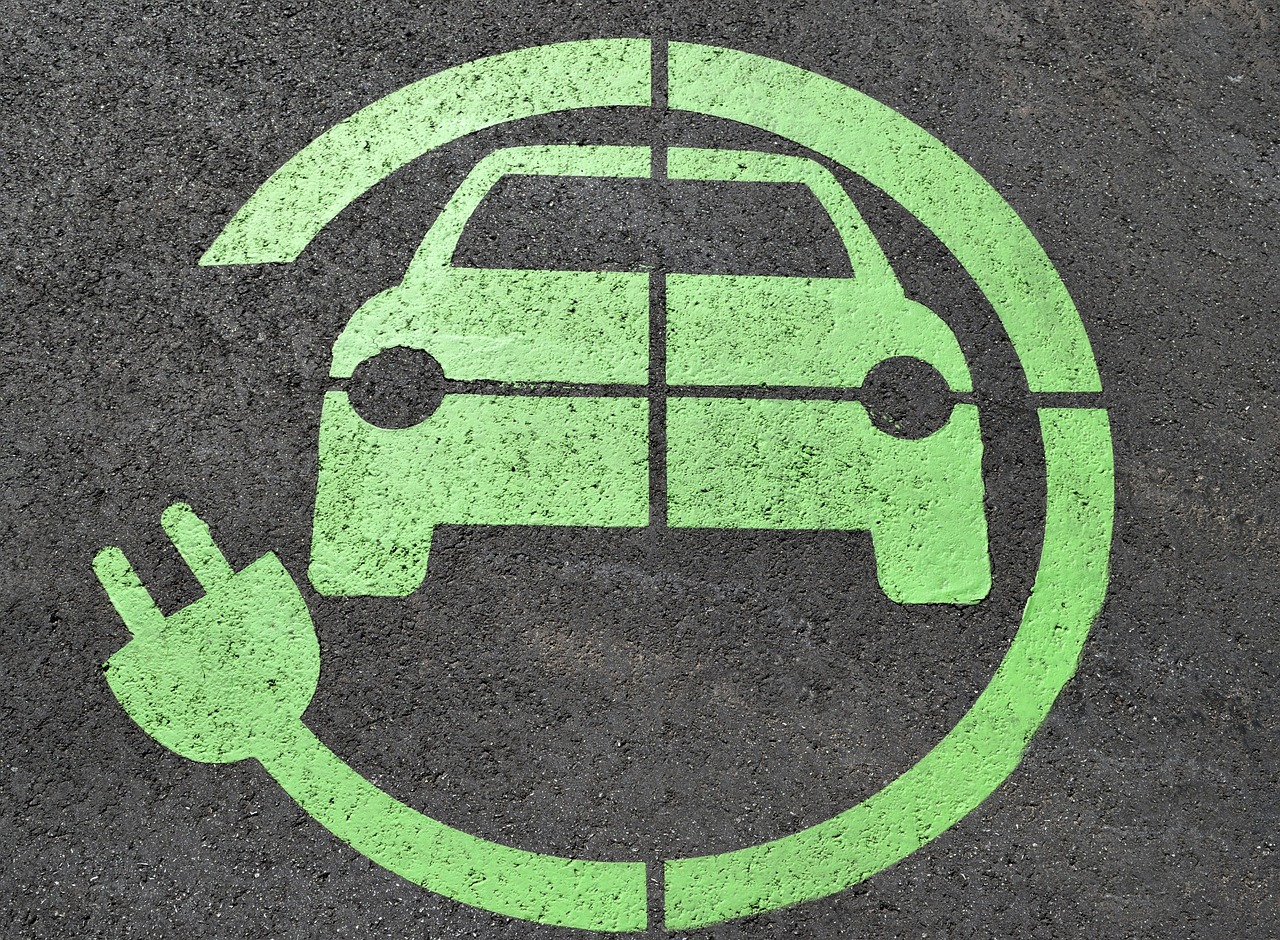
More links
For additional details, consider exploring the related content available here EERE eXCHANGE: Funding Opportunity
